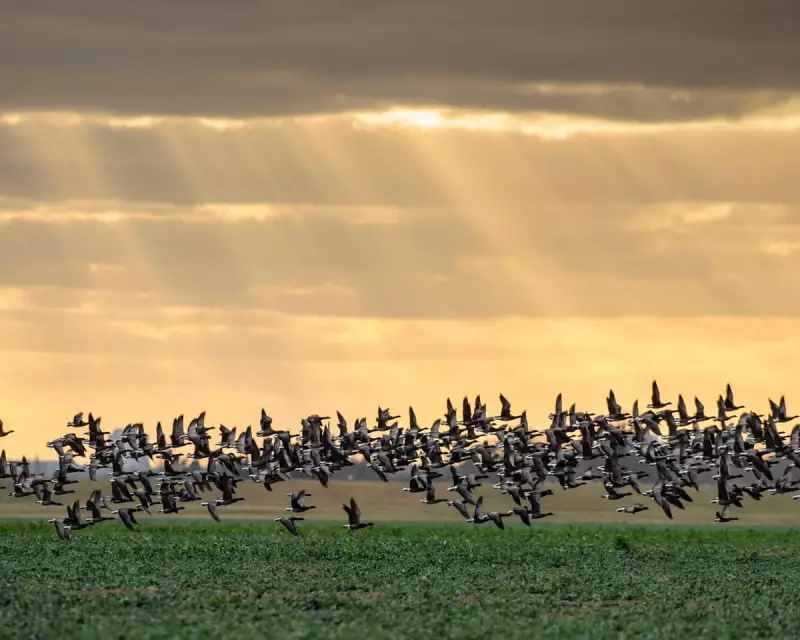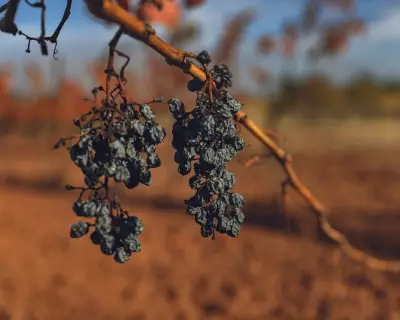
In an extraordinary conservation success story, nearly 40,000 birds have found sanctuary on a transformed Essex island created using soil excavated during the construction of London's Elizabeth line.
From Construction Site to Bird Paradise
Wallasea Island in Essex has undergone a remarkable transformation from barren landscape to thriving wetland habitat supporting record numbers of overwintering birds. The project, spearheaded by the RSPB, has reached an incredible milestone with 39,000 birds now calling the reserve home during winter months.
The conservation charity purchased the island in the mid-2000s with an ambitious vision to create ideal conditions for wetland birds to feed, nest and refuel. What followed was one of the most innovative habitat restoration projects in recent memory.
Engineering Meets Ecology
Three million tonnes of earth transported from London's Crossrail tunnel excavations became the building blocks for this ecological masterpiece. The soil was strategically used to elevate ground levels and create the perfect environment for coastal birds.
In 2015, conservationists took the dramatic step of removing sea defences, allowing seawater to flow onto the island for the first time in 400 years. The RSPB team then constructed artificial islands using the Elizabeth line soil and created intricate networks of lagoons and salt marshes.
Rachael Fancy, the site manager, recalls the dramatic changes: "When I first started working at Wallasea it looked an awful lot like a construction site – because that's what it was. But just 10 years on, there's no evidence of the diggers or trucks. There's just thousands and thousands of birds who now use it as a refuge, shelter and nursery for their chicks. It's an almost unbelievable transformation."
Record Numbers and Flood Protection
The results speak for themselves in spectacular fashion. Where once Wallasea was largely bereft of birdlife, today it hosts an impressive array of species including:
- 800 avocets
- More than 10,000 knot waders
- Nearly 3,000 grey plovers
- A similar number of bar-tailed godwits
The wetland area now serves a dual purpose, not only providing crucial habitat for birds but also protecting local residents against flooding by naturally absorbing storm waters.
Milo Sumner, coastal programmes manager at RSPB England, emphasises the broader significance: "Wallasea shows what's possible when business has an ethos of working with, and alongside, nature. The creation of the Elizabeth line was one of the most ambitious infrastructure projects in decades, and by collaborating we were able to create a win for nature and people from what would otherwise have been a huge pile of wasted soil."
This pioneering project demonstrates how major infrastructure development and nature conservation can work hand in hand, setting a powerful precedent for future projects across the UK and beyond.





